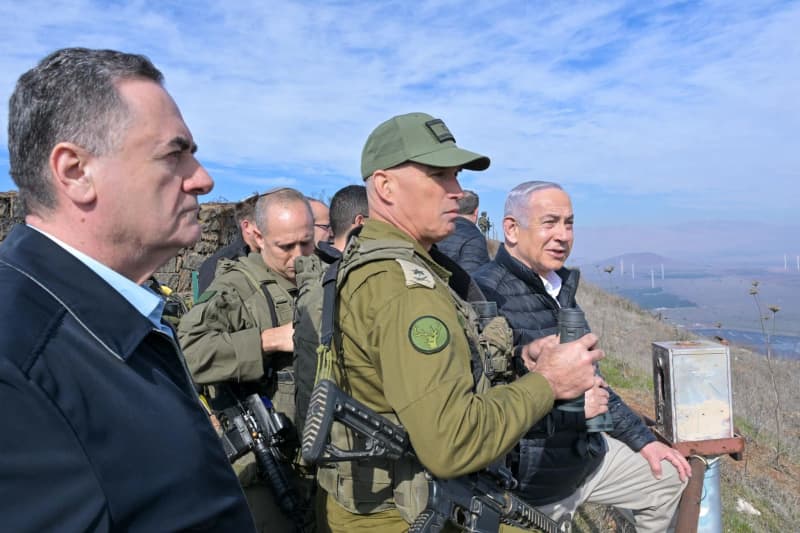On Friday, Israeli Defence Minister Israel Katz announced that Israeli forces stationed on the Syrian side of Mount Hermon in the Golan Heights would remain there throughout the winter. Katz emphasized the strategic importance of this deployment, noting that the location offers visibility over large areas of Syria and Lebanon, allowing Israeli forces to monitor developments in the region closely. The minister characterized this return of control over Mount Hermon, which had been non-Israeli for 51 years, as a “historic moment” for Israel. The region’s instability, particularly following recent events in Syria, prompted the decision to strengthen Israel’s military presence in the area.
The Israeli military’s move into the buffer zone came soon after Islamist rebels achieved significant victories against the regime of Bashar al-Assad, prompting concerns about the potential for increased regional unrest. Prime Minister Benjamin Netanyahu referred to the forces’ presence as a temporary measure, emphasizing that it adhered to the need for security until a more permanent resolution is achieved. Despite this assertion, the move has drawn international criticism as an escalation of military engagement in an already volatile area, raising concerns over the implications for both regional stability and international relations.
In conjunction with the deployment on Mount Hermon, the Israeli military reported securing various military assets in the area, including anti-tank missiles and ammunition. This discovery underscored the rationale behind increasing military vigilance and readiness in the Golan Heights, where potential threats from opposing forces remain significant. The presence of such weapons in the region has heightened Israeli concerns about the interplay of hostile elements and the risk of these armaments being utilized against Israeli targets.
In the broader context of the ongoing conflict in Syria, Israel has undertaken extensive military operations in the aftermath of Assad’s regime showing signs of collapse. Since December 8, Israeli warplanes have reportedly carried out strikes against over 300 targets associated with the Syrian military. These operations primarily focus on sites linked to remnants of Assad’s forces, as well as weapons depots and scientific research facilities believed to be producing military-grade technologies. This approach reflects a systematic strategy to undermine the capabilities of Syrian military assets that could pose a threat to Israeli security.
The Syrian Observatory for Human Rights, an organization tracking military activity in the region, documented numerous Israeli airstrikes targeting operational sites within Syria, particularly concentrated in west-central areas. The observatory indicated that strikes have specifically targeted locations in the Qusayr countryside, which lies near the border with Lebanon. This sustained military engagement underlines Israel’s commitment to maintaining its defense priorities amidst the rapidly changing dynamics of the Syrian civil conflict.
As Israel navigates the complex geopolitical landscape following Assad’s diminishing power, its military strategy on the Golan Heights illustrates a calculated response to emerging threats from both Syrian and Lebanese territories. The decision to maintain and expand military presence in strategic locations like Mount Hermon not only seeks to enhance Israel’s defensive posture but also serves as a deterrent against potential aggressors who may be emboldened by the instability in the region. As the conflict evolves, it will be crucial to monitor both the military actions of Israel and the responses from the international community regarding this ongoing situation.

